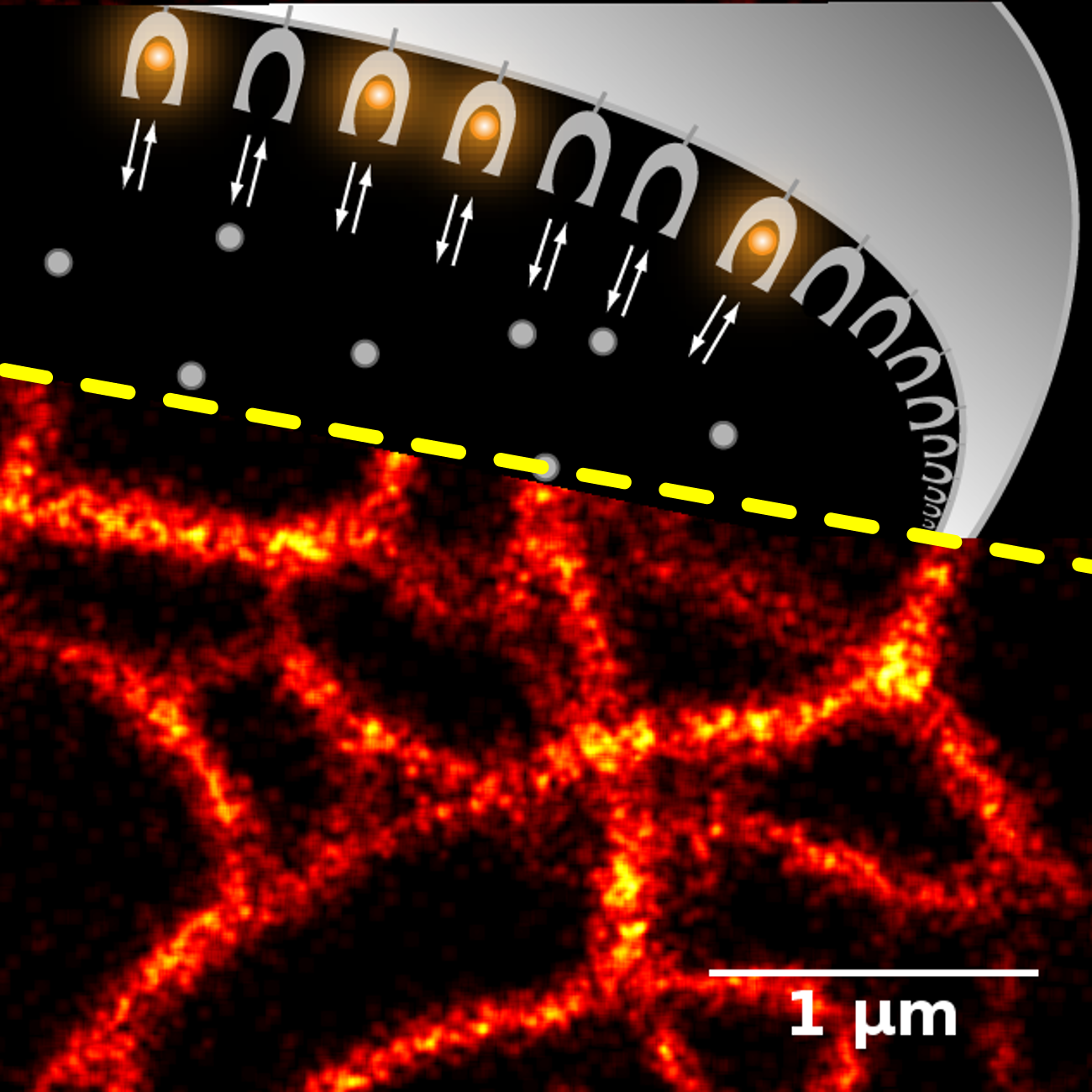Chemical mechanisms of fluorescence
Fluorescent protein chromophores
1) Mechanism of DsRed chromophore formation
Ivashkin PE et al A synthetic GFP-like chromophore undergoes base-catalyzed autoxidation into acylimine red form. J Org Chem (2011), 76 (8) 2782–2791.
2) Insight into the mechnism of GFP chromophore fluorescence: conformationally-locked chromophore
Baranov MS et al. Conformationally locked chromophores as models of excited-state proton transfer in fluorescent proteins. J Am Chem Soc (2012), 134 (13) 6025–6032.
3) Development of WasCFP - a fluorescent protein with a tryptophan-based chromophore, which can exist in the anionic state
Sarkisyan KS, Yampolsky IV et al. Tryptophan-based chromophore in fluorescent proteins can be anionic. Sci Rep (2012), 2 (0) 608.
4) Cell-permeable fluorogenic dyes for live-cell protein labeling.
Bozhanova NG et al. Protein labeling for live cell fluorescence microscopy with a highly photostable renewable signal. Chem Sci (2017), 8 (10) 7138–7142.



